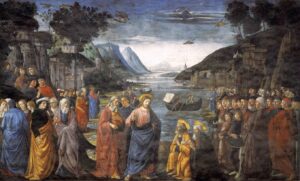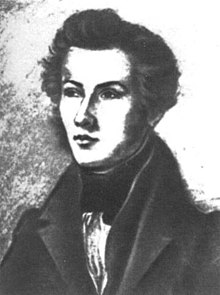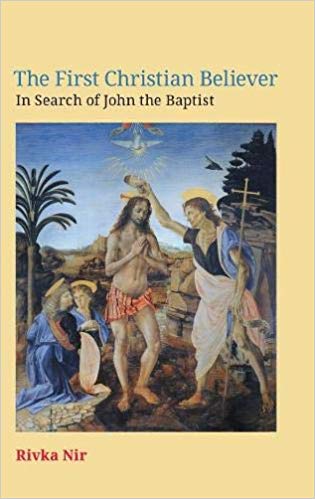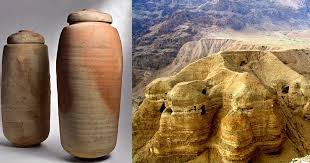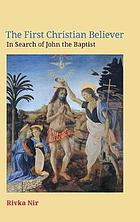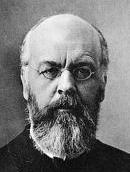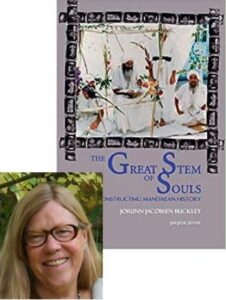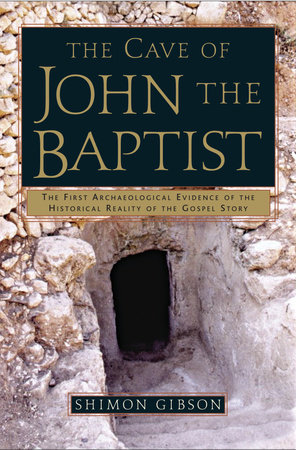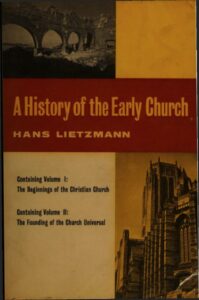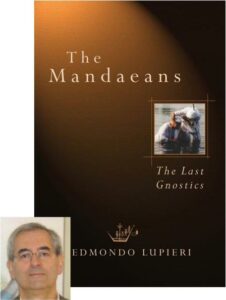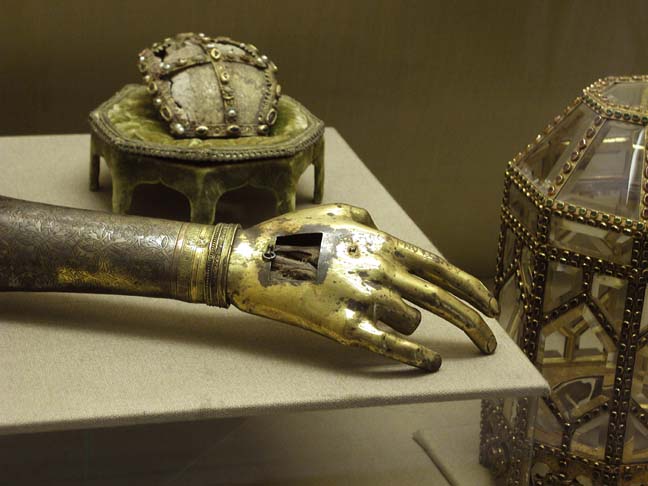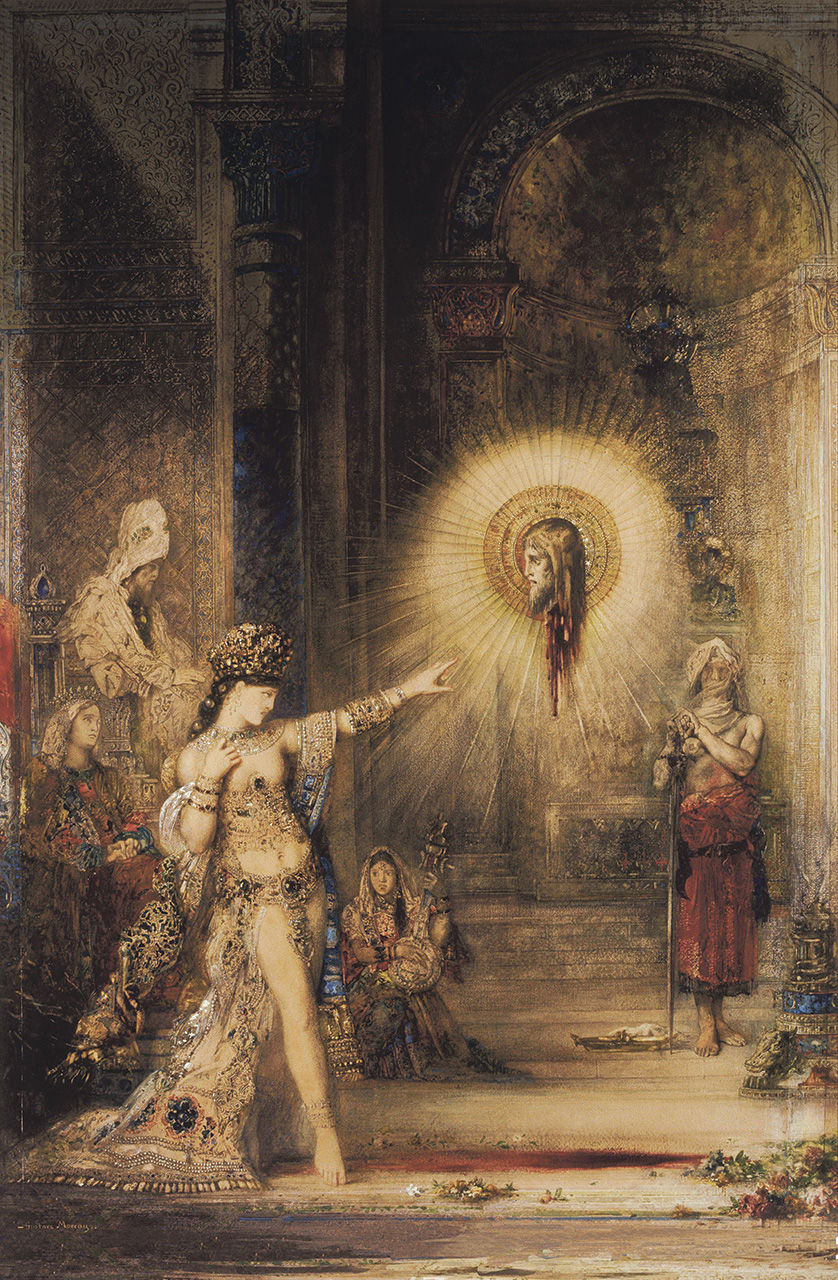Critique of the Gospel History of the Synoptics
by Bruno Bauer
Volume 1
—o0o—
47
§ 4.
The Visit of Mary to Elizabeth.
In the days following the reception of the angelic message, Mary traveled to the hill country where Zacharias lived to visit her relative Elizabeth. As she entered the house and greeted her relative, Elizabeth’s unborn child leaped in her womb, and she, filled with the Holy Spirit, praised the blessed among women, the mother of the Messiah. Mary responded to this address with a song of praise to the Lord, who humbles the proud and exalts the lowly (Luke 1:39-56).
Mary had learned of Elizabeth’s pregnancy, that her relative was in her sixth month, from the angel Gabriel. But Elizabeth learned that Mary was pregnant, and in a far more miraculous sense than she, that she was the mother of the Messiah, only through the extraordinary miracle that occurred when Mary greeted her, causing the child in her womb to leap, and she herself to be filled with the Holy Spirit. The apologist who precedes the Evangelist’s account with communications between the two friends *) essentially diminishes the miracle the Evangelist wishes to convey, so that the whole encounter becomes nothing more than an ordinary greeting between two friends who know that each is miraculously, though in different ways, blessed with a pregnancy. Mary had heard of her friend’s happiness from Gabriel, and that she was the “bearer of the Messiah,” Elisabeth had learned from a message from her relative. What audacity must belong to the apologist who, at the same time, rails against the “subjective caprice” of criticism *) and destroys the biblical text!
*) Lange, loc. cit., p. 76.
*) Ibid., p. 76.
48
According to Lange, “the gospel story suggests that there was a family and friendship relationship between Mary and Elizabeth.” But even if the gospel story strongly attests to this, it has not even hinted at the slightest indication that Mary sent word or wrote before her visit to Elizabeth that she was chosen to be the mother of the Messiah. Moreover, the Scripture does not even suggest frequent visits between the two relatives. Rather, the angel Gabriel told Mary that Elizabeth, her relative, had also conceived a son, and it is only because of this extraordinary message that Mary sets out to visit her relative in the next few days, before any widespread notification was needed. Elizabeth was already six months pregnant when Mary heard from the angel, and Mary stayed in her relative’s house for “about three months” before returning to Nazareth without waiting for the birth of John the Baptist. Therefore, the message of Gabriel and Mary’s journey, arrival at Elizabeth’s house – all of this happens so quickly that there is no room for a preliminary announcement of the mother of the Messiah.
If only the apologists did not force us to separate things that should not require a single word. What could we accomplish, think, and learn during the time that is wasted on this?
49
That Mary is the mother of the Messiah is only revealed to her relative through the incredible miracle that the child in her womb leaps for joy at the greeting of Mary. At that moment, she is seized by the Holy Spirit, meaning that she now knows what this wonderful movement of her child means, and thus she gives her homage to the mother of the Messiah.
The apologist always has his intentions when torturing the biblical text. This time he wants to make the impossibility that the unborn John the Baptist could already be seized by joy upon the arrival of the blessed ones more palatable and to portray the situation in such a way that Elizabeth did not have to wait until she was filled with the Holy Spirit to understand the meaning of this joyous movement of her child but rather the other way around! Her joy over the arrival of the “bearer of the Messiah” had passed on to the fruit of her womb. Let it be so – but only for a moment – we want to leave the believer his unbelieving stubbornness and allow him to send the wonder of the story to the school of natural explanation: it will not help him, he will not be able to persuade any reasonable person of the possibility of the event. “It is difficult to imagine – so anyone who does not want to be accused of ‘trivial ideas’ should be taught – that a child in the womb should remain untouched by the spiritual effects that permeate the mother’s life entirely.” *) Be warned! Faith, since it has learned to speak from Goethe and has thrown the light garment of modern education over its serious robe, has become almighty and will send your reasoning into the junk room of “outdated” ideas if you do not lend a willing ear to its inspirations. Do not even allow yourself the modest remark that the mother’s excitations only affect the child under her heart in a quiet, indirect, elemental way, but not in such a way that the child actively cooperates on its own; or that the influences of the mother’s spirit cannot already determine the child’s self-conscious actions in the womb. Do not even recall that according to the biblical account, John appears self-conscious and seized by the “joy of ecstasy,” and beware of claiming that this is impossible because the embryo has not yet reached self-consciousness and therefore cannot be stimulated by the spirit to certain expressions of its consciousness. Go! Go! You are lost anyway, you belong to a bygone era of education. Only faith is right, even when it slaps in the face the science and education it boasts of, and in the same moment is faithless and insults the holy Scriptures. Oh, we are trivial, we are lost, just because we do not admire the newer education of faith! Oh, oh!
*) ibid. p. 78, 79
50
The Evangelist introduces Elisabeth’s greeting to her relative with the remark that the mother of John was filled with the Holy Spirit, just as he also introduces the hymn of Zacharias (Luke 1:41,67). However, this remark is absent before the hymn with which Mary responds to her relative’s greeting. One should see in this, says Lange *), “that we are dealing here not with tricks of mythicizing poetry, but with the finely discerning higher psychological reality.” In the modern criticism’s excessive rudeness towards the Christian faith, it fails to notice how its lofty speeches shoot far beyond the target. The criticism does not consider the work of Christian perception as a mere “trick,” but rather as a work that has not been foreign to the art of perception. The Evangelist was right to feel that the priestly couple represents the Old Testament. Therefore, when Zacharias speaks of the salvation which God now gives to his people, or Elisabeth recognizes and greets the mother of the anointed one, they can only speak in this way and come to the knowledge of God’s divine plan by being suddenly seized by the Holy Spirit like the prophets of the Old Testament. However, Mary, as the mother of the son she represents, speaks and is praised appropriately, not in a moment of excitement but from the depth and calmness of her spirit. The Evangelist therefore followed in his composition when he did not attribute the hymn of Mary to an excitement through the Holy Spirit, but to the immediate feeling of appropriateness and the art instinct. However, he has not yet described empirical reality merely by having his presentation allow the individual characters to appear psychologically correct.
*) p. 79.
51
A properly executed work of art does not cease to belong to an ideal world. However, it was already clear to the critics that the Evangelist led us into an ideal world through the hymns which he puts in the mouths of Mary, Zechariah, and Elizabeth, and we must agree with the observation that people do not speak and greet each other in ecstatic songs in real life. The repeated accusation of triviality and Lange’s rant *), “the barbarism of a philistine everyday sense has often been offended by these hymns,” cannot impress us or cause us to be ashamed of our “decided disbelief in the truth of poetry” **). Does the apologist not realize that the critic is not offended by these hymns, nor by the fact that they are put into the mouths of the characters in the context of this holy gospel narrative? It is strange that the critic’s anger only arises when the dry apologist comes forward and asserts that Mary and Elizabeth also greeted each other in this way in empirical reality. Especially the hymn of Mary, even if its main point is literally borrowed from the Old Testament song of praise of Hannah (1 Sam. 2), is beautiful and sings in a fitting way about the reversal of all worldly relations brought about by Jesus. Therefore, we do not claim that we are offended by this hymn, but rather because of the high importance of art, which is never, as Lange thinks, “immediately produced by heightened life,” but instead emerges after a long collection of the spirit out of life itself. Deliberation, intention, free will, and artistic calm produce hymns, and it is the deliberation of the writer that created the hymn of Mary. The artistic genius of the Evangelist also discovered that that Old Testament poem was appropriate to the situation he was portraying, and from this perspective, he transformed it into a hymn of Mary. And he worked with good fortune. Although the individual sentences are not original, it is the entire composition that has gained this Old Testament poem from a height where the meaning of its irony has become infinite. But even in this sense, admitting the originality, the poem remains a work of the writer. Even the most passionate life does not lead to two relatives greeting each other with songs upon first sight. All talk of “everyday” attitude, etc. is of no use, is hollow, does not hit the mark of criticism and only offends the art, whose dignity and true origin it insults.
*) Ibid, p. 80.
**) Ibid.
52
According to Strauss *), the main tendency of Luke’s narrative is to “glorify Jesus by giving the Baptist a relationship to him as early as possible, but in a subordinate position. This purpose could not have been better achieved than by bringing together not only the sons, but also the mothers during their pregnancy, and having something happen that was suitable for foreshadowing the future relationship of the two men.” However, when religious belief attempts to portray something beyond glorification of its subject, who is already considered the only Lord, its purpose can only be to understand the position of the Lord in history or to examine his priority, which is already established. In this regard, the relationship between Jesus and the Baptist must have particularly occupied religious belief. In our understanding, the relationship of historical subordination is that the lower figure in history is conditioned by the higher, even if the latter comes later, insofar as the idea in the later figure develops its true significance, and it was this development that aroused, motivated, and inspired the earlier figure. Religious belief can only imagine this relationship in a personal form by bringing the earlier and later figures together personally, placing the former under the influence of the latter, but maintaining the mystery of this relationship or the fact that it only exists in itself. Thus, both persons are brought together during a time when they have not yet become historically independent from one another, during the time of their mothers’ pregnancy. The encounter of the two men is then interpreted in such a way that the Baptist becomes joyfully excited upon the arrival of the mother of the Messiah. Religious belief is convinced that, in essence, he is conditioned by the greater one who is to come after him, and that his emergence is set by the presence of the Lord.
*) L. J. I, 252
53
If the essential components of the account have fallen back to the religious worldview in general and the consciousness of the author, the two determinations that Mary and Elizabeth are relatives and that John the Baptist is six months older than Jesus suffer the same fate. For the relationship between the two women is only meant to facilitate Mary’s visit, it has no other purpose, and we need not attribute to the evangelist the intention that Mary was brought into the relationship with a priestly family so that Jesus belonged to a house in which the royal and priestly lineages had joined. If he thinks of Mary’s relationship with Elizabeth, he thinks no further than that visit. However, John the Baptist had to be at least six months older than Jesus, and Elizabeth’s pregnancy had to have progressed at least as far as the mother of the Messiah’s visit to the priestly woman, so that that exemplary fact could be somewhat possible.
——————————————–

